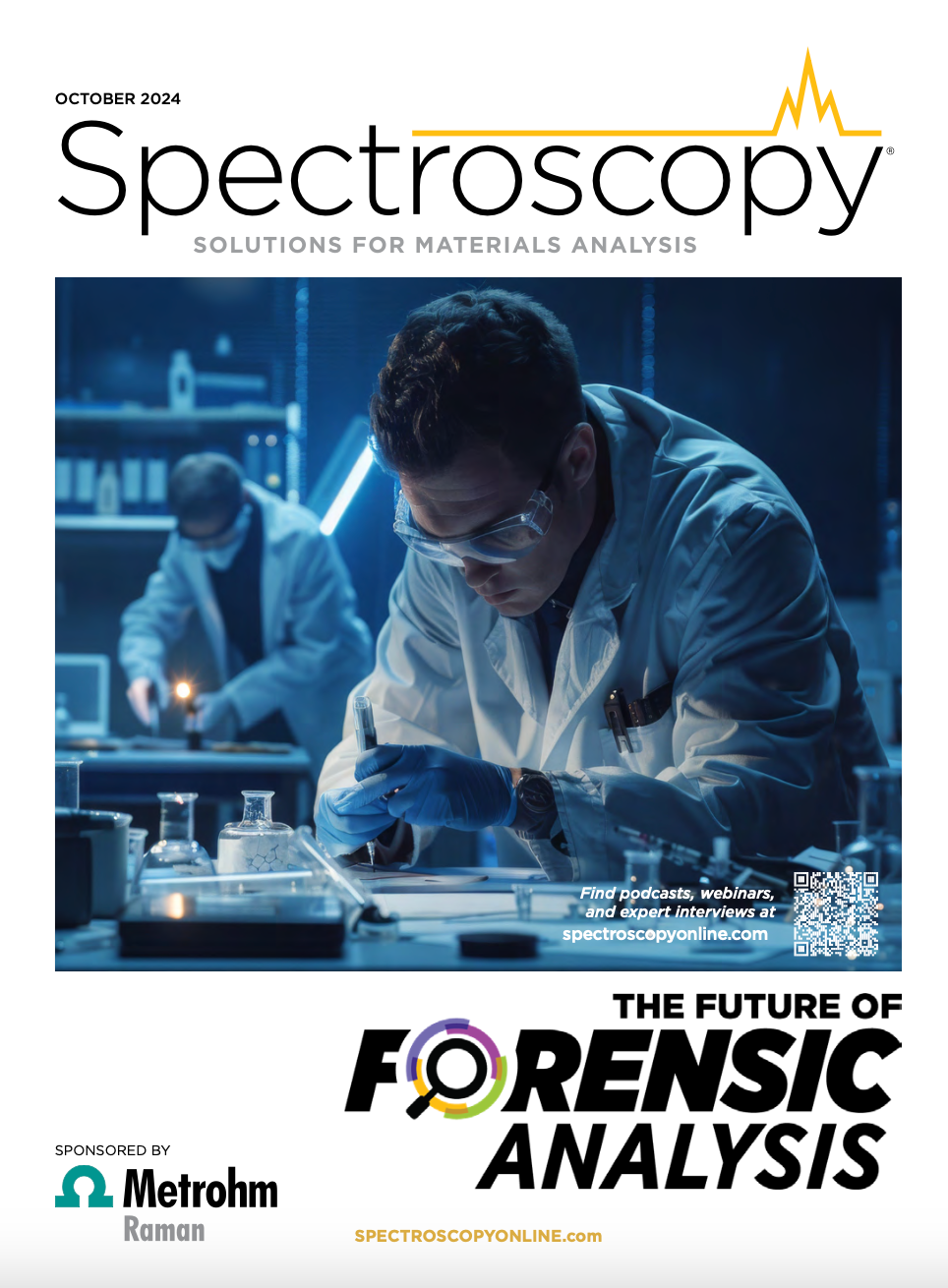SEM/EDX Analysis on Suspected Cigarette Burns in a Forensic Autopsy Case of Child Abuse
Scanning electron microscopy/energy-dispersive x-ray (SEM/EDX) spectrometry analysis of cigarette burns on the corpse of a child led to adding child abuse to the charges against the alleged perpetrator.
A recent investigation by the Laboratory of Forensic Histopathology and Forensic Microbiology at the Department of Biomedical Sciences for Health of the University of Milan in Italy has dealt with a possible child abuse case resulting in the death of the child where three suspicious cigarette burn lesions were found on the body. The laboratory decided to perform scanning electron microscopy–energy-dispersive x-ray (SEM–EDX) spectrometry analysis on these lesions as well as the cigarette butt found at the crime scene. At the same time, SEM–EDX was applied to the analysis of an unlit cigarette in its entirety (obtained from the same source package as the cigarette butt), a positive control skin sample with an iatrogenic cigarette burn injury, and a negative control skin sample. Test results indicated a highly significant distribution pattern by being found in the autopsy samples, the cigarette butt, the tobacco of the unlit cigarette, and the positive skin control (1).
According to the article resulting from this investigation (1), cigarette burn lesions present forensic scenarios that are often difficult to investigate, both from a morphological diagnostic point of view as well as the mode of infliction, especially if the victim is unable to speak or has died (2). While there may be the suspicion for a lesion to be produced by a lit cigarette, to date one can only rely on the morphological aspects that characterize it, and there is a lack of tools to reach the most evidence-based diagnosis possible.
In the case investigated, a man alerted emergency services one morning as his two-year-old son was not breathing. Upon arrival, emergency services found the child dead, without clothes, and characterized by multiple bruises over his entire body. The child's mother accused the man of violently beating the child in a fit of rage and while under the influence of hashish. The man claimed instead to have only pushed the child, as he was disturbed during his sleep. The man was arrested, and the victim's body was transported to the Institute of Legal Medicine, where a judicial autopsy was carried out two days later (1).
At the autopsy’s conclusion, while the cause of death appeared clear, the skin lesions observed in the left zygomatic region, left clavicular region, and right hand third finger still left some questions unanswered; histological examination had shown clear signs of heat damage occurring a few hours before death. Also, the morphological characteristic of the lesions (rounded shape and reddish background) suggested cigarette burns; however, this could not be proven with certainty, although the presence of a cigarette butt in the bedroom pointed in that direction. However, it was necessary to pursue a diagnosis that was as evidence-based as possible for legal purposes. Authorities believed that it was even more necessary in this case, as there could be a charge of child abuse preceding the homicide (1).
Given the great versatility of SEM–EDX in forensic investigations, the authors believed it appropriate to attempt analysis of the skin lesions in question and the cigarette butt seized from the scene with an electron microscope equipped with EDX detectors. In detail, it was used as a “standardless” EDX system, in which no standards are needed, as the system reads and measures the unknown sample, comparing it with internal references, created specifically using a wavelength dispersive spectroscopy (WDS) microprobe. Analysis of the morphology and severity of the burns resulted in the analysts believing that the injuries were the result of intentional harm, constituting a crime of child abuse, which, due to the histological findings, was chronologically placed before the murder (1).
The authors believe that their pilot approach to a suspected cigarette burn with SEM–EDX highlights promising results that seem to make this technique valid for the study of these lesions and, therefore, worthy of further investigation. They also believe that advances in the study of cigarette burns can only be effectively made by raising the bar, resorting to more sophisticated investigative techniques (1,2).
Burning cigarette with smoke. © nikkytok - stock.adobe.com

References
1. Tambuzzi, S.; Gentile, G.; Primavera, R.; Muccino, E.; Zoja, R. Pilot Application of SEM/EDX Analysis on Suspected Cigarette Burns in a Forensic Autopsy Case of Child Abuse. Am. J. Forensic Med. Pathol. 2024, 45 (2), 135-143. DOI: 10.1097/PAF.0000000000000922
2. Faller-Marquardt, M.; Pollak, S.; Schmidt, U. Cigarette Burns in Forensic Medicine. Forensic Sci. Int. 2008, 176 (2-3), 200–208. DOI: 10.1016/j.forsciint.2007.09.006

Best of the Week: AI and IoT for Pollution Monitoring, High Speed Laser MS
April 25th 2025Top articles published this week include a preview of our upcoming content series for National Space Day, a news story about air quality monitoring, and an announcement from Metrohm about their new Midwest office.
LIBS Illuminates the Hidden Health Risks of Indoor Welding and Soldering
April 23rd 2025A new dual-spectroscopy approach reveals real-time pollution threats in indoor workspaces. Chinese researchers have pioneered the use of laser-induced breakdown spectroscopy (LIBS) and aerosol mass spectrometry to uncover and monitor harmful heavy metal and dust emissions from soldering and welding in real-time. These complementary tools offer a fast, accurate means to evaluate air quality threats in industrial and indoor environments—where people spend most of their time.